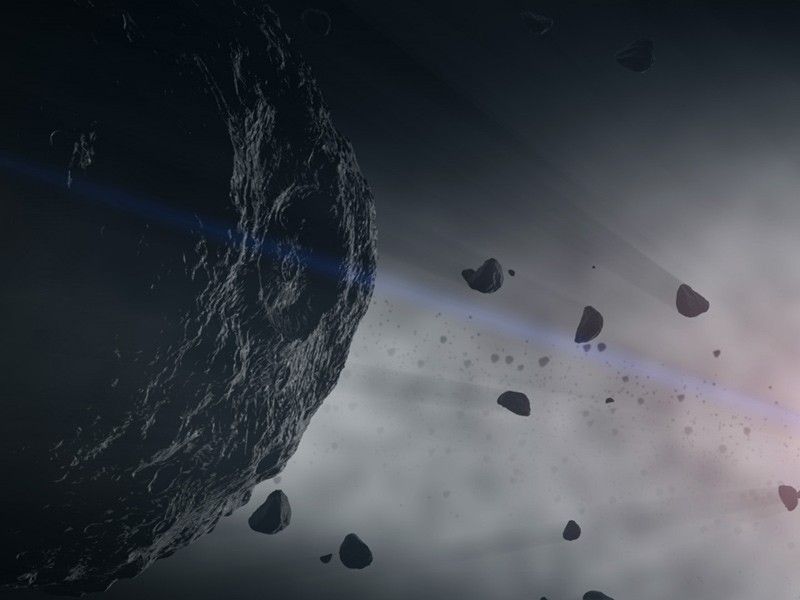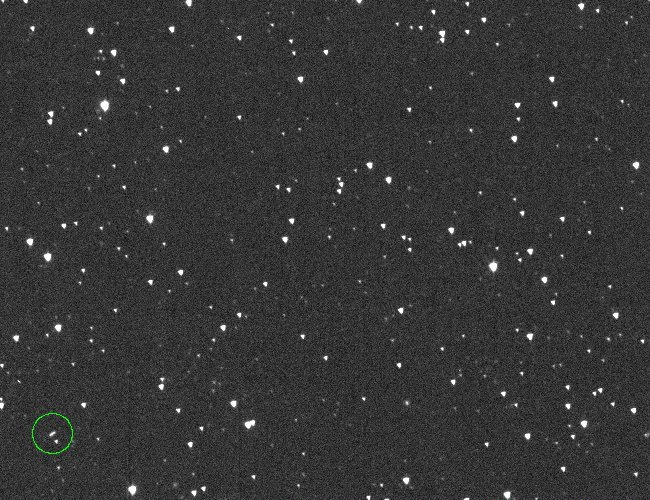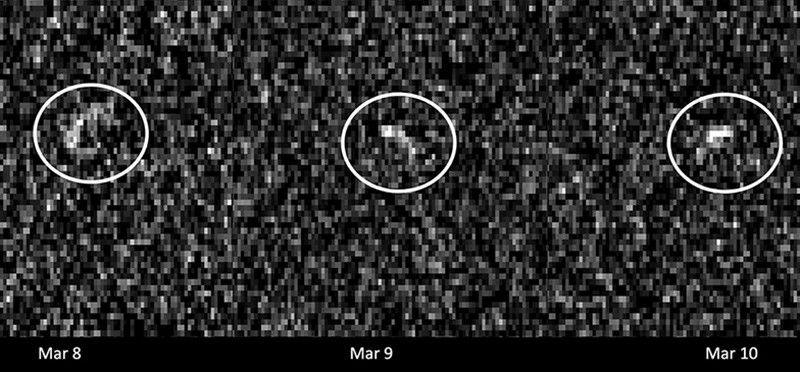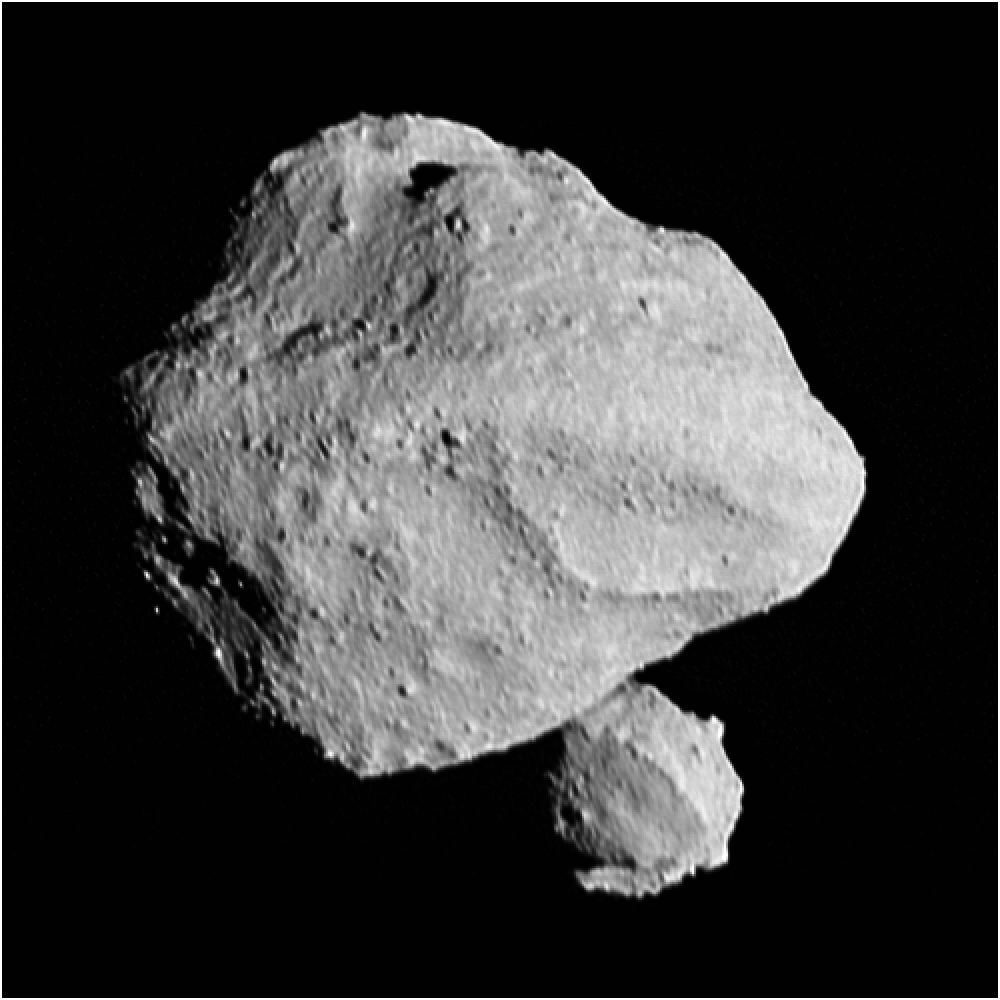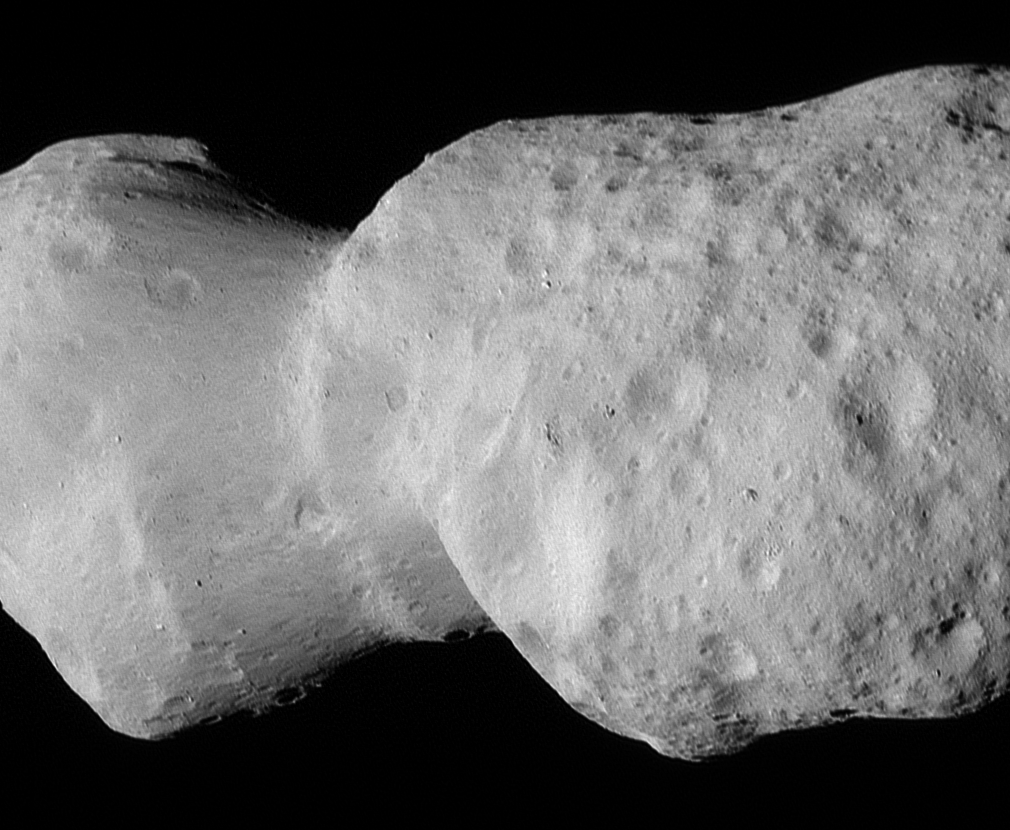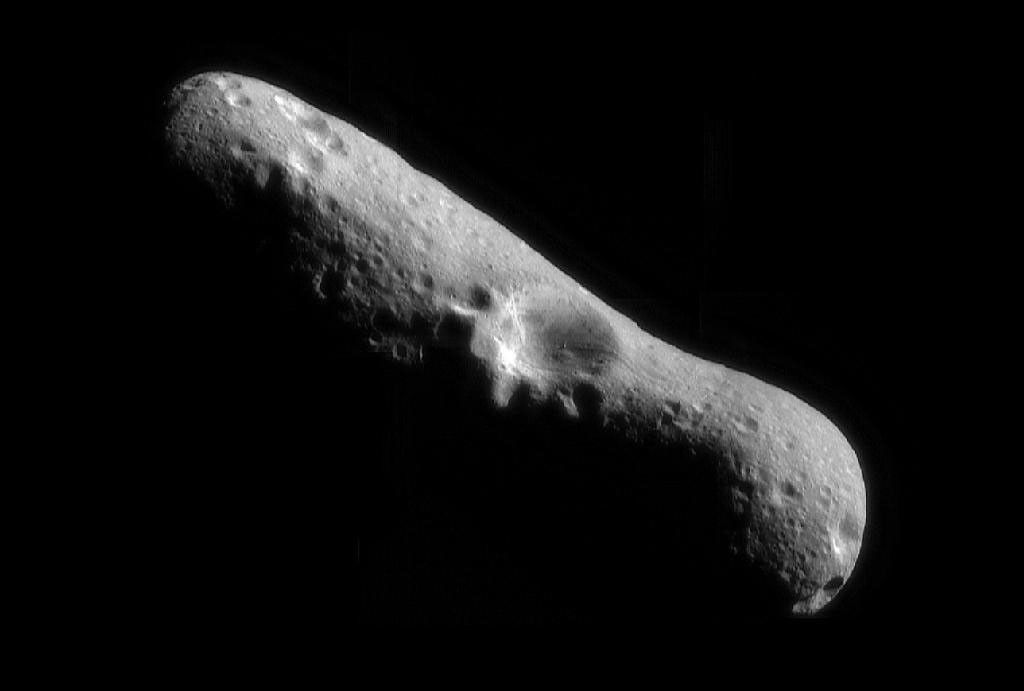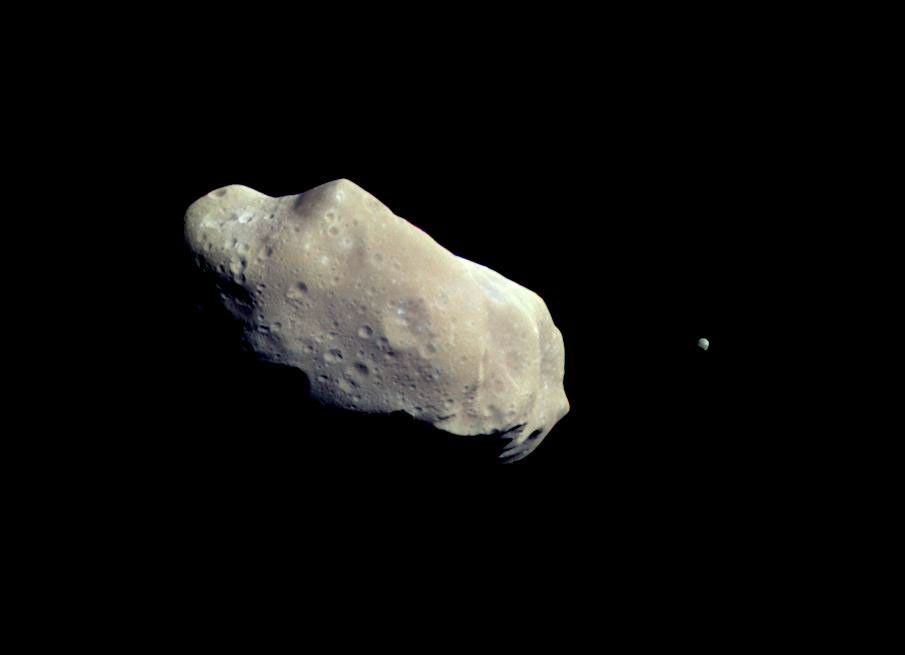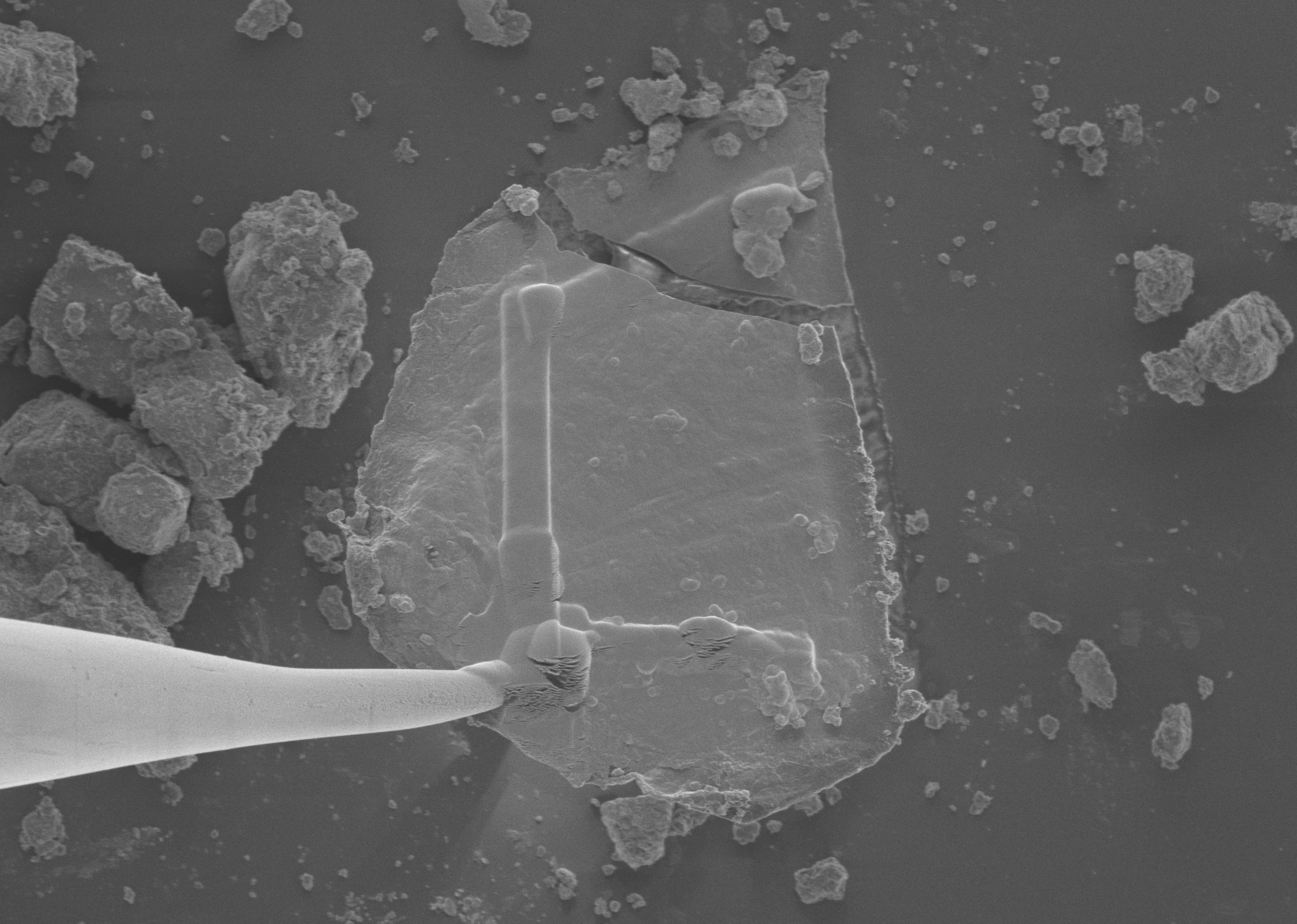Introduction
Asteroids, sometimes called minor planets, are rocky, airless remnants left over from the early formation of our solar system about 4.6 billion years ago.
Most asteroids can be found orbiting the Sun between Mars and Jupiter within the main asteroid belt. Asteroids range in size from Vesta – the largest at about 329 miles (530 kilometers) in diameter – to bodies that are less than 33 feet (10 meters) across. The total mass of all the asteroids combined is less than that of Earth's Moon.
What if We Discovered an Asteroid Headed for Earth?
Featured Asteroids
NASA has sent several robotic spacecraft to study asteroids up close to learn about their composition and size. Many other asteroids have been observed with telescopes here on Earth.























